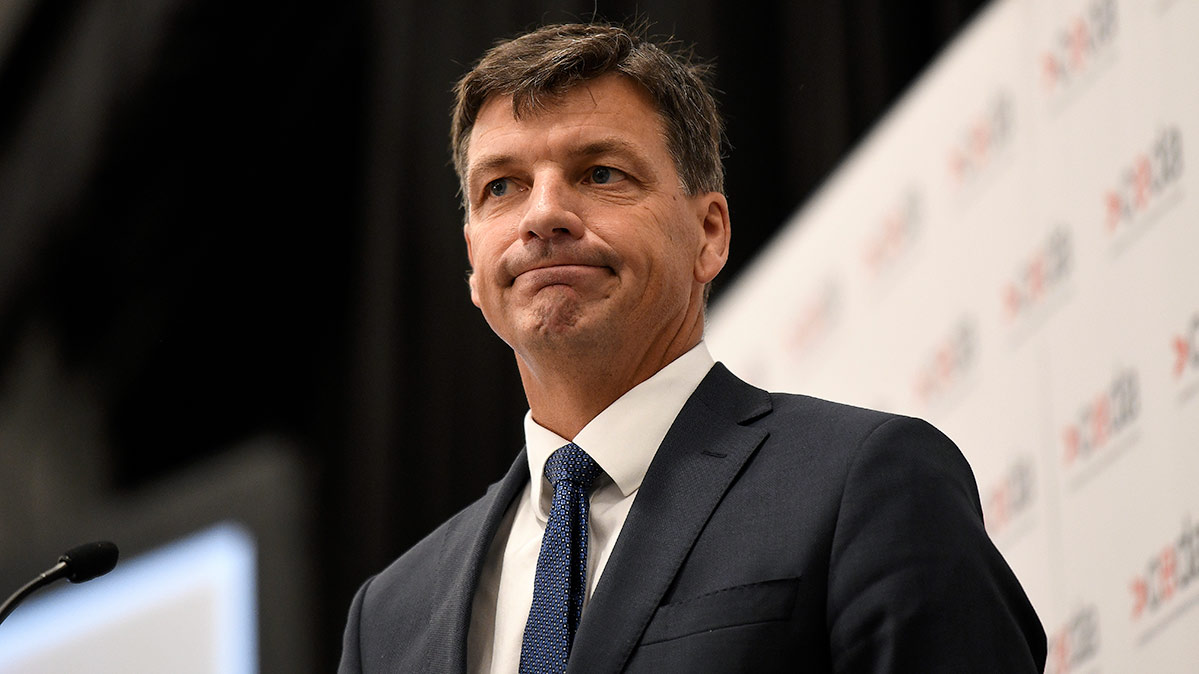The federal government has published proposed rules that would allow carbon capture and storage to receive government funding under the Emission Reduction Fund, as it continues its campaign to develop technologies that will extend the lifespan of Australia’s fossil fuel and other high emitting industries.
The publication of the draft rules comes just days after the Senate blocked the government’s attempt to bring CCS under the Australian Renewable Energy Agency’s remit. The new proposed regulations would open up a new avenue by which to channel funding into CCS.
The government is increasingly determined to promote CCS – an expensive, still experimental technology that, despite growing hype, remains in its infancy – as a central tool in its emissions reduction strategy.
The ERF is one of the government’s headline emissions reduction strategies. The descendent of former prime minister Tony Abbott’s “direct action” policy, it pays companies and other organisations to sequester or avoid carbon emissions, through the issuance and purchase of Australian Carbon Credit Units (ACCUs). Private companies and organisations can also purchase ACCUs to offset their own emissions.
A wide range of activities can generate ACCUs, including tree planting, soil management, avoided land clearing, energy efficiency, animal effluent management, and reduction in methane emissions from cattle. But so far carbon capture and storage has not been covered by the rules because it does not meet the definition of either an “emissions avoidance” or “sequestration” activity.
This would change under the proposed framework announced by Minister for Energy and Emissions Reduction Angus Taylor on Tuesday, who said it would fit with the federal government’s policy of relying on technology to decarbonise the economy, rather than on carbon pricing and strict emissions standards.
“The Emissions Reduction Fund is central to our technology, not taxes approach to reducing emissions. We are continuing to support farmers, businesses and communities to adopt new technologies that reduce emissions and boost their economic opportunities,” he said.
“Including CCS projects under the ERF will help unlock more low-cost abatement for Australia, underpin new and expanding industries, and lead to job creation and economic opportunities, including in regional areas.”
The paper explicitly identifies CCS to be used in hydrogen manufacture. “The technology can underpin new low emissions industries such as hydrogen, as well as reducing emissions in hard to abate sectors such as cement production and steel manufacture,” it says.
Most discussions of “hydrogen” in the context of the energy transition refer to green hydrogen – which made by breaking water molecules into hydrogen and oxygen using renewably-powered electrolysers. But the hydrogen the government has increasingly backed is “blue hydrogen” – which uses a fossil fuel feedstock, and then seeks to capture and store the significant carbon dioxide emissions.
This provides new uses for coal and gas, but currently CCS technology is expensive and imperfect, meaning some CO2 is still emitted into the atmosphere.
Under the proposed terms, CCS projects “must involve the capture and permanent storage of greenhouse gases in a geological formation”, while the greenhouse gases may be captured “from oil and gas industry operations or an industrial process such as hydrogen production as well as electricity generation”.
The idea of bringing CCS under the ERF framework originates from last year’s “King Review” – a review chaired by former Business Council of Australia chairman and gas executive Grant King, tasked with re-examining the Emissions Reduction Fund.
“[T]he Panel does not think it is appropriate to exclude carbon capture and storage technologies where other sequestration methods are permitted,” the King Review final report said. “It is reasonable for governments to support innovative or emerging emissions reduction technologies because reducing emissions is a public policy objective and technology development can lower the cost of achieving this objective.”
John Connor, chief executive of the Carbon Market Institute, welcomed the government’s draft rules, calling it an “important step in realising at least some of this potential with taxpayer support for this technology”.
But he urged the government to put market mechanisms in place rather than relying on taxpayer funds. “Realising the fullest potential of this technology will require longer reforms to Australia’s carbon markets in a coherent framework to ensure timely emissions reductions towards net-zero emission by 2050,” he said.
“This should include evolution of policies like the Safeguard Mechanism, which requires large emitters to measure and manage their emissions, to ensure business, rather than the taxpayer, becomes the primary driver of the deployment of these technologies.”
The draft paper is now open to consultation. Interested parties have until July 27 to make a submission.








